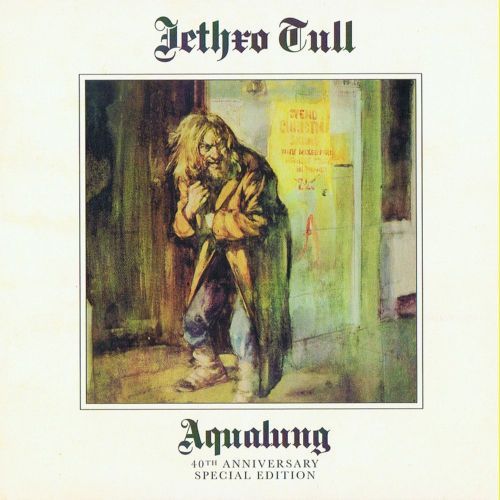Jethro Tull/RökFlöte/Inside Out
3.5 Out of Five Stars
Originally intended to be an album of mostly instrumental flute music, RökFlöte evolved as an effort by the latest incarnation of Jethro Tull, a group that currently lacks the entirety of its previous prominent membership, save Anderson himself. That’s not surprising of course; even before the departure of chief guitar foil Martin Barre, Tull became simply a creative outlet for Anderson himself, so much so that it’s now all but impossible to differentiate between his solo projects and those plied under the banner of the brand name itself.
Videos by American Songwriter
While the current Tull incarnation—Anderson on flute, and vocals, David Goodier playing bass, John O’Hara on piano, keyboards, and Hammond organ, drummer Scott Hammond and guitarist Joe Parrish-James—have an auspicious legacy to live up to, it is, in fact, little more than Anderson’s backing band given the fact that the songs, arrangements, and concept are his alone. Not that it’s been much different throughout Tull’s trajectory, but earlier albums managed to reflect the distinctive styles and personalities of each of the players.

That said, RökFlöte can still be considered a Jethro Tull album in the strictest sense. Referencing Anderson’s Scottish ancestry as well as a historic connection to the Vikings and the Nordic lore that informed Anglo, Asian and European culture prior to the arrival of Christianity. With Anderson’s flute as the primary instrument once again at the fore, the album takes on a distinctive Celtic-like sensibility while also sharing the folky flavor Anderson employed on such albums as Heavy Horses and Songs From the Wood. The arrangements are both agile and emphatic, by turns jaunty, gyrating, and exuberant.
The album title itself is a derivation of the words “Rock Flute.” Anderson has stated that he was drawn to the phrase Ragnarök and the word “rök” in particular, which he took to mean destiny, course, or direction. “One Flute” was changed to “Flöte” and the album eventually took shape. While the music is measured throughout, “The Perfect One,” “Trickster (And the Mistletoe)” and “The Navigators” make the most immediate impression, while another track, “Cornucopia,” stands out for its mellower melody.
Granted, few Tull albums are going to create as immediate an impression as Aqualung, Benefit, Stand Up, or Minstrel in the Gallery, but then again, those albums were products of an entirely different era and a decidedly different approach. Nowadays one can credit Anderson and company for imagination, ingenuity, and their daring to digress.
Photo by Daniel Knighton/Getty Images










Leave a Reply
Only members can comment. Become a member. Already a member? Log in.